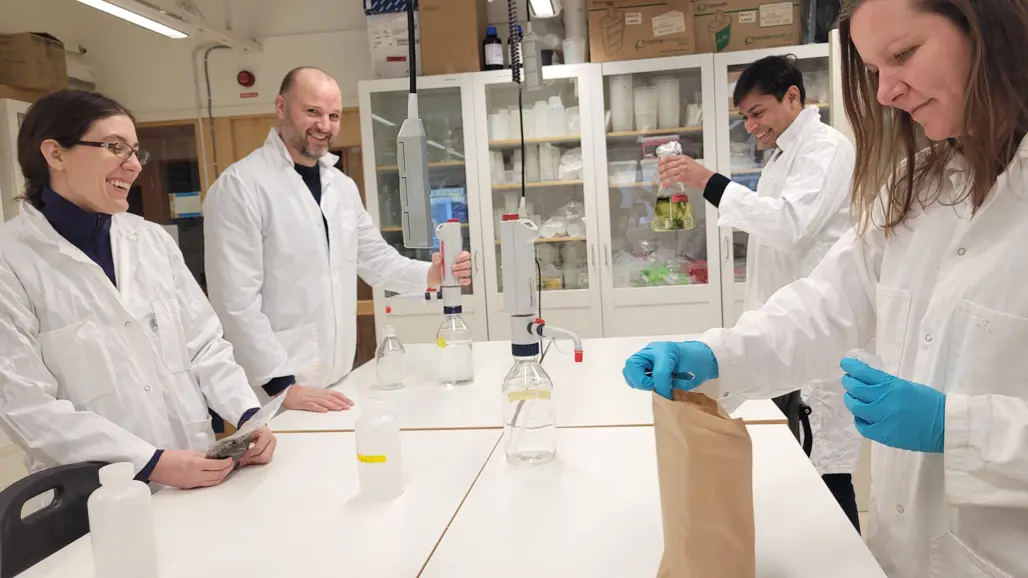
Lab
Overview of the Forest Vegetation Ecology Lab
The Forest Vegetation Ecology Lab has established methodologies to describe various aspects of ecosystem functioning, including analyses of plant and soil communities (e.g. plant traits or soil microbial properties) and various functions these organisms carry out (e.g. nitrogen and carbon cycling).
A summary of analyses we routinely perform are
Plant Traits
- Tissue stoichiometry, e.g. Carbon, Nitrogen, and Phosphorous content
- Plant morphological traits, e.g. specific leaf area, or specific root length
- Plant Secondary Metabolites, e.g. phenolic, condensed tannins, anthocyanins
Soil Communities
- Phospholipid Fatty Acid Analysis
- Microbial biomass via substrate-induced respiration
- Soil animals via microscopy
- Sterile culture
Carbon Cycling Processes
- Soil respiration, field or lab-based measurements
- Leaf gas exchange
- Soil carbon stock analysis
- Root and mycorrhiza ingrowth techniques
- Methane production via LGR analyser
Nitrogen Cycling Processes
- Nitrogen fixation via acetylene reduction assay or 15N incorporation
- Net nitrogen mineralization and nitrification via incubation assays
- Nitrogen availability via resin absorption
- Available Inorganic N pools
- N2O emission via LGR analyser
Microscopy
- Fluorescent microscopy (Cyanobacterial N2-fixation communities)
- Light microscopy (soil microbes and mesofauna)